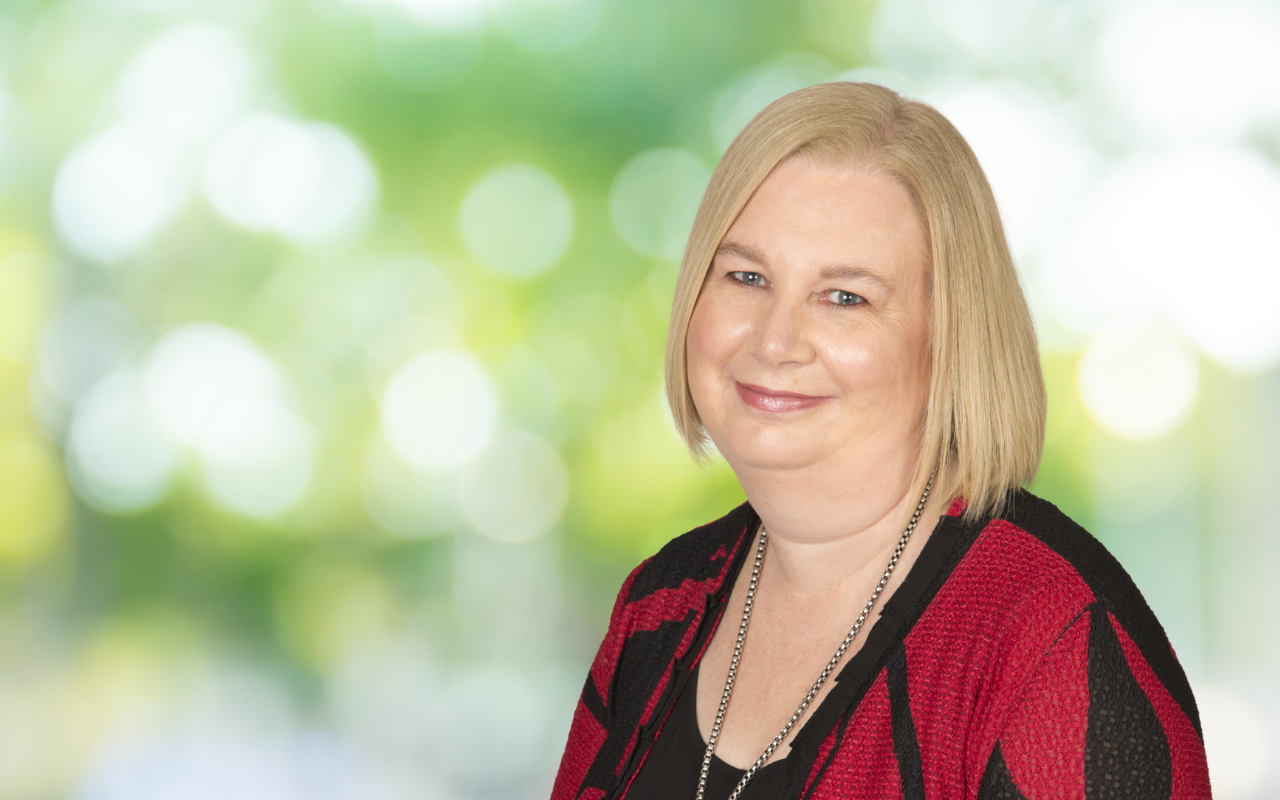It is vital that health care providers and policy makers find innovative solutions to ensure that every woman, regardless of her geographic location, is able to have a safe and healthy childbirth experience.
The health of mothers and their babies in Australia are affected by complex and interrelated factors including the social determinants of health (here). These determinants include characteristics such as rurality, socio-economic status, education, and social support. These Australian data show mothers who are young, Indigenous, older, or having multiple births are at higher risk of poor maternal outcomes.
There are currently limited data regarding the impact of rurality on mothers’ birthing experiences. Although some mothers attend the same local health care practitioners they have seen throughout their pregnancy, others travel for hours just to attend a brief consultation (here). Rural mothers can live in varied settings: isolated regional, rural and remote communities, farms, small townships with limited health care opportunities as well as regional areas that are better supported with health services. Approximately 2.3% of mothers live in remote or very remote areas in Australia, which comes with specific vulnerabilities that should not be underestimated.
Mothers and their communities may be aware of the risks associated with living in settings that are resource-limited, and some may negotiate a pathway forward for the best outcome for their baby. They often have to make very difficult choices about the safe birth of their baby with or without their partner present, while having to travel long distances to give birth and/or being financially compromised.

Births to women living in remote areas are frequent in Australia – notably in the Northern Territory, where 19% of women who gave birth in 2021 lived in very remote areas and 20% in remote areas. This is high compared with other states or territories; for example, Victoria or New South Wales, where less than 1% live in rural and remote areas. The Australian Institute of Health and Welfare states:
“While robust health systems play a vital role in ameliorating the factors that lead to poorer health, multiple challenges affect the delivery of health care in remote areas of Australia. These include lack of transport; closure of maternity services; and the distribution of services, staff and resources across large distances.”
Rural women are generally more disadvantaged in terms of access to health care and in particular maternity care. Mothers often travel long distances to access maternity care, with many temporarily relocating to the city before their due date. Mothers who experienced complications during birth may be required to remain in the city for a number of weeks, depending on their circumstances. This places an enormous burden on rural families to ensure access to accommodation for an undetermined amount of time and for partners to have adequate time off work.
Although we have broad quantitative data available, there are limited detailed data specifically on women from rural and remote areas who give birth. This is especially the case from a qualitative perspective, which is a research technique that enables under-represented groups to have their stories told. In a maternal health context, it allows us to understand rural mothers in terms of their experiences with health care and within their communities.
“I think sharing the experience with other rural women is very valuable because they get it … the good things and the challenges of where we live.”
The quote above was taken from our recent study. The study was led by Esther Shackleton, a Masters of Public Health student at the University of Western Australia, along with Colleen Fisher, Linda Slack-Smith and Anna Bosco. We explored the experiences of eight women living in the Wheatbelt region near Perth who needed to travel or temporarily relocate for birthing using a narrative approach.
The study identified five major themes across the interviews. These were:
- feeling forgotten in the system;
- accessibility and choice;
- compounded social isolation;
- doing it hard in terms of financial and logistical challenges; and
- building strength.
Mothers shared their challenges in connecting with health care providers within a continuity of care model, navigating their under-resourced rural environments, and adjusting to the city.
In this study, participants reflected on their experiences of giving birth, which, due to their being in a metropolitan environment, felt unfamiliar and out of their control. One mother shared:
“I think birth should be about the woman. I just want to say that I feel like birth was something that happened to me, rather than something I experienced.”
Health service access in rural and remote areas need to consider that maternity risk is significant for all communities. Physical and psychological risks are present for all prospective mothers and unborn baby risk from an antenatal and birthing perspective. However, certain groups may face more significant challenges. For example, mothers with little social support in the city where they relocated may face greater stress due to finding accommodation or organising childcare for their other children while they are giving birth.
“When I gave birth, I was totally alone … we had my other child with us and no one to look after her so my husband couldn’t come in with me.”
Such studies provide useful evidence about the birthing experiences of rural mothers. The experiences of other groups also warrant investigation; for example, Aboriginal and Torres Strait Islander mothers may face cultural barriers and feel underaccommodated on an institutional level.
Approximately two-thirds of the Aboriginal and Torres Strait Islander population live in a non-metropolitan area in Australia, which may exacerbate poorer or adverse maternal health outcomes. Disturbingly, the maternal mortality rate is three times as high for Indigenous mothers compared with non-Indigenous mothers, highlighting the urgent need for culturally appropriate, locally accessible maternity care.
Giving birth locally is becoming less and less possible for rural mothers. Over the years 1992–2011, 41% of rural birth centres closed (here). This coincided with a 47% increase in babies born before hospital arrival (here). For mothers in the study, giving birth on the side of the road was a considerable risk. One mother shared that she actually did give birth on the side of the road, which influenced her decision to expend more resources to feel safe during her next pregnancy. Mothers were also concerned that local birth centres may not be appropriately funded. There are gaps in available data regarding rural birth centres today; however, only 5.6% of rural mothers gave birth in a birth centre over the years 2012–2021. Qualitative and quantitative data on hospital and non-hospital births in rural and remote Australia are limited.
Australian College of Midwives Chief Midwife, Alison Weatherstone, believes innovation is key:
“The current system isn’t working effectively for 2023 and is not responsive to women’s needs. We need to rethink the system instead so that mothers, babies and families receive the care they deserve close to home and to ensure midwives and doctors want to live, practise and stay in rural areas.”
The obstacles rural women face in accessing equitable maternal health care in Australia are complex and multifaceted. These women may encounter geographical isolation, limited health care infrastructure, transportation challenges, financial strain, and a lack of access to necessary support services.
It is imperative that health care providers, policy makers, and communities collaborate to find innovative solutions, such as telehealth, virtual medicine, and continuity of care models, to ensure that every woman, regardless of her geographic location, receives the care she deserves for a safe and healthy childbirth experience.
Addressing these challenges is not only a matter of health care equity but also a vital step toward improving maternal and child health outcomes in rural and remote areas.
Professor Linda Slack-Smith is a Professor at the School of Population and Global Health, the University of Western Australia.
Ms Esther Shackleton is a recent MPH student at the School of Population and Global Health, the University of Western Australia.
Professor Colleen Fisher is a Professor at the School of Population and Global Health, the University of Western Australia.
Dr Anna Bosco is a Lecturer Curtin School of Nursing at Curtin University.
The statements or opinions expressed in this article reflect the views of the authors and do not necessarily represent the official policy of the AMA, the MJA or InSight+ unless so stated.
Subscribe to the free InSight+ weekly newsletter here. It is available to all readers, not just registered medical practitioners.
If you would like to submit an article for consideration, send a Word version to mjainsight-editor@ampco.com.au.

 more_vert
more_vert